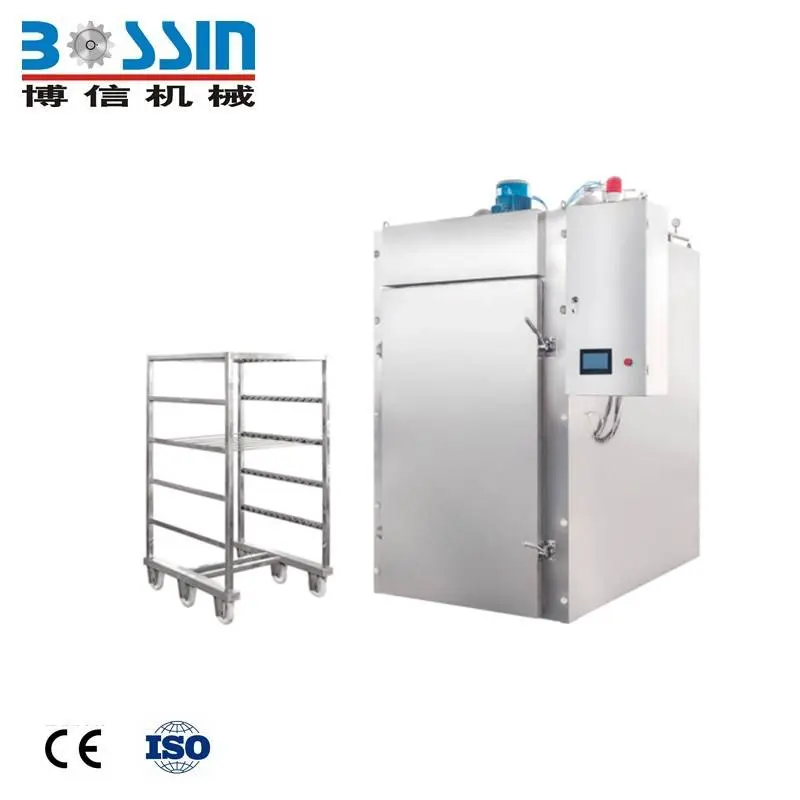
Jul . 29, 2024 07:33 Back to list
Advanced Automated Sausage Production Line Solutions for Efficient and High-Quality Food Manufacturing
The Rise of Automatic Sausage Production Lines in China
In recent years, the demand for processed meat products, particularly sausages, has seen a significant increase in China. This surge is driven by the growing appetite for convenient and ready-to-eat food options among consumers. As a result, the sausage production industry is evolving rapidly, with technological advancements leading the way. One of the most notable developments is the rise of automatic sausage production lines, which are transforming traditional manufacturing processes to optimize efficiency, reduce labor costs, and improve product quality.
The Rise of Automatic Sausage Production Lines in China
One of the key advantages of automatic production lines is the consistency they offer. Traditional sausage-making can be labor-intensive and subject to variability based on human factors. Automated systems, however, ensure precise measurements and uniform mixing, resulting in a consistent product every time. This level of quality control is imperative in an era where consumers are becoming increasingly health-conscious and discerning about the food they eat. Automatic systems can also reduce the risk of contamination, a critical factor in food safety, by minimizing human contact during the production process.
china automatic sausage production line

Furthermore, the automation of sausage production lines allows for enhanced productivity. Manufacturers can operate these lines at higher speeds than manual processes, significantly increasing the volume of sausages produced per hour. This efficiency not only meets the rising demand but also helps companies scale their operations more effectively. In a competitive market like China, where consumer preferences can shift rapidly, the ability to adapt production volumes in real-time is a considerable advantage.
The energy efficiency of automatic sausage production lines also deserves mention. Modern machines are designed to operate with minimal energy consumption, which not only reduces operational costs but also aligns with the global push towards sustainability. As environmental concerns become more prominent, manufacturers are seeking ways to minimize their carbon footprint, and investing in automated technology is a step in that direction.
Moreover, innovation in the sausage production process is not limited to machinery. Advances in software and data analytics have led to smarter production lines. With the integration of IoT (Internet of Things) technology, manufacturers can monitor and manage their production processes remotely, identifying potential issues before they escalate. Predictive maintenance can further reduce downtime, ensuring that production remains uninterrupted.
In conclusion, the advancement of automatic sausage production lines in China is a testament to the industry's response to evolving consumer demands and technological progress. These lines not only enhance efficiency and product quality but also address the pressing need for safety and sustainability in food production. As the market continues to expand, it is clear that automation will play a pivotal role in shaping the future of sausage manufacturing in China, fundamentally changing the way this beloved food product is made. As such, companies that embrace this technological shift are likely to lead the way in the flourishing sausage industry.
Latest news
-
[Product Name]-[Company Name]|[Core Function 1]&[Core Function 2]
NewsJul.13,2025
-
SmartFlow 3000 Series-Industrial Automation Solutions|AI Analytics&Energy Efficiency
NewsJul.13,2025
-
NextGen Equipment Series-IndustrialTech Solutions|Smart Automation&Real-Time Analytics
NewsJul.12,2025
-
Smart Irrigation System - Example Corp | Water Conservation, AI-Driven Efficiency
NewsJul.12,2025
-
Chicken breast meat slicer
NewsMar.07,2025
-
Meat Bowl cutter for LAB
NewsMar.07,2025